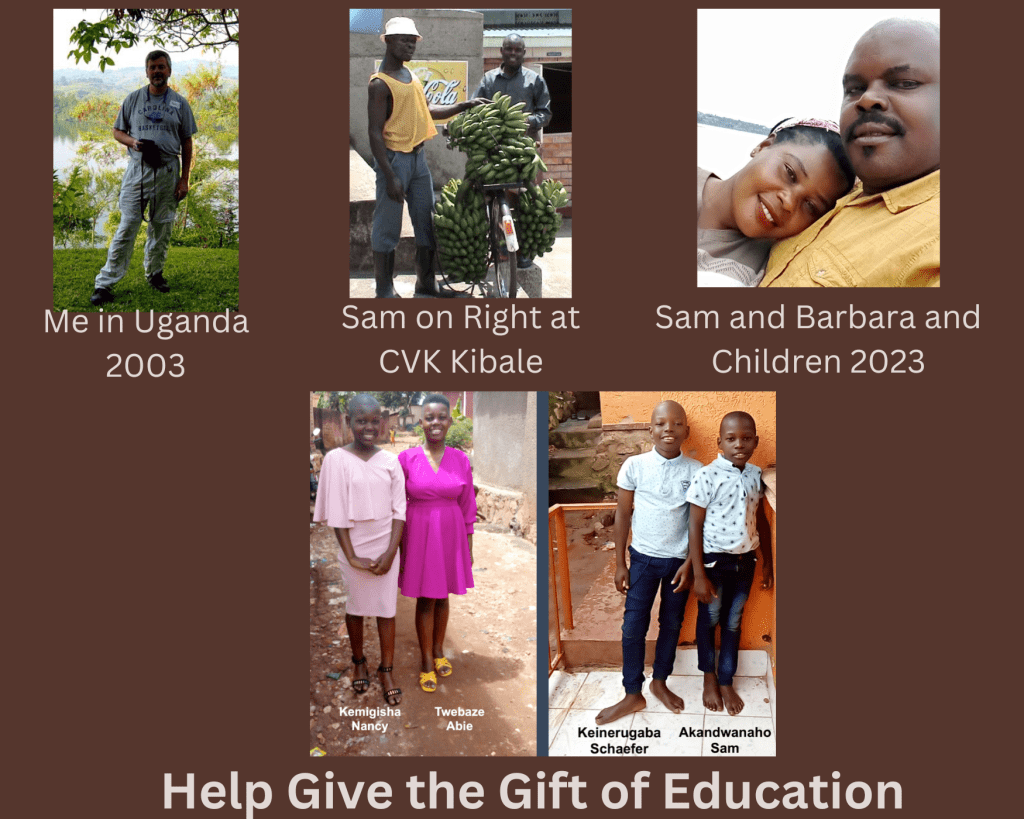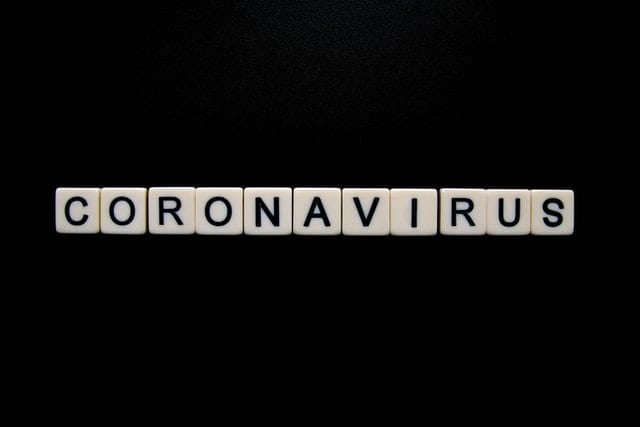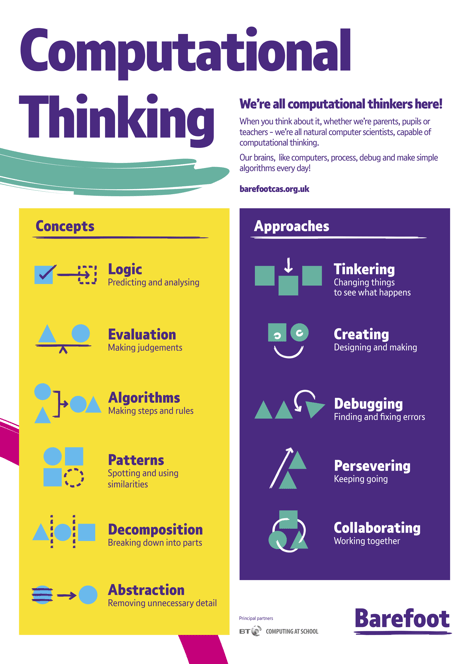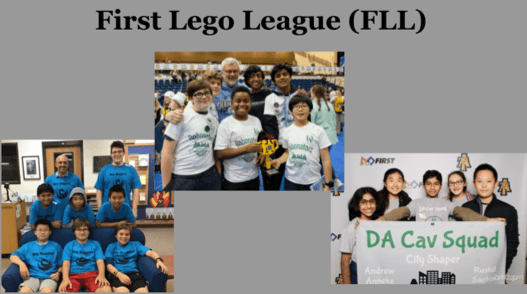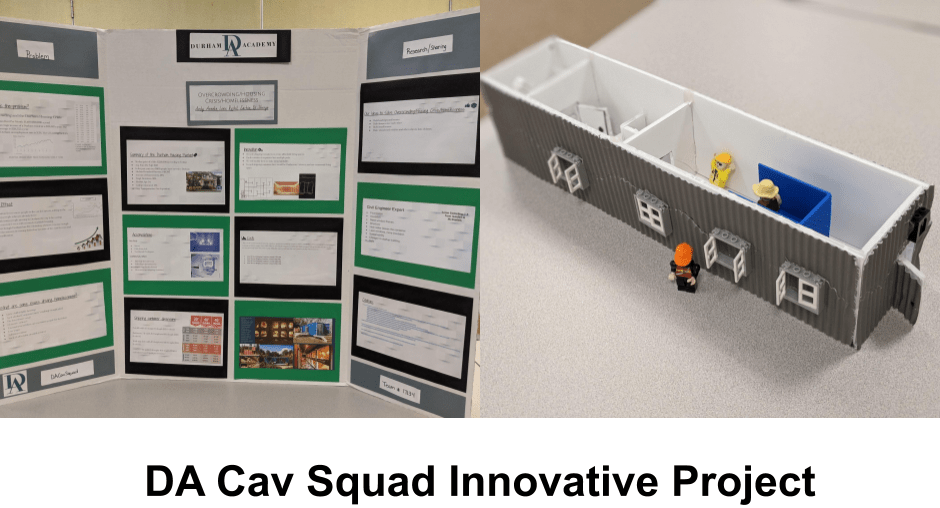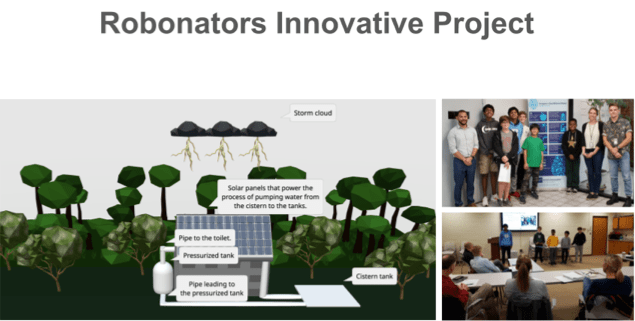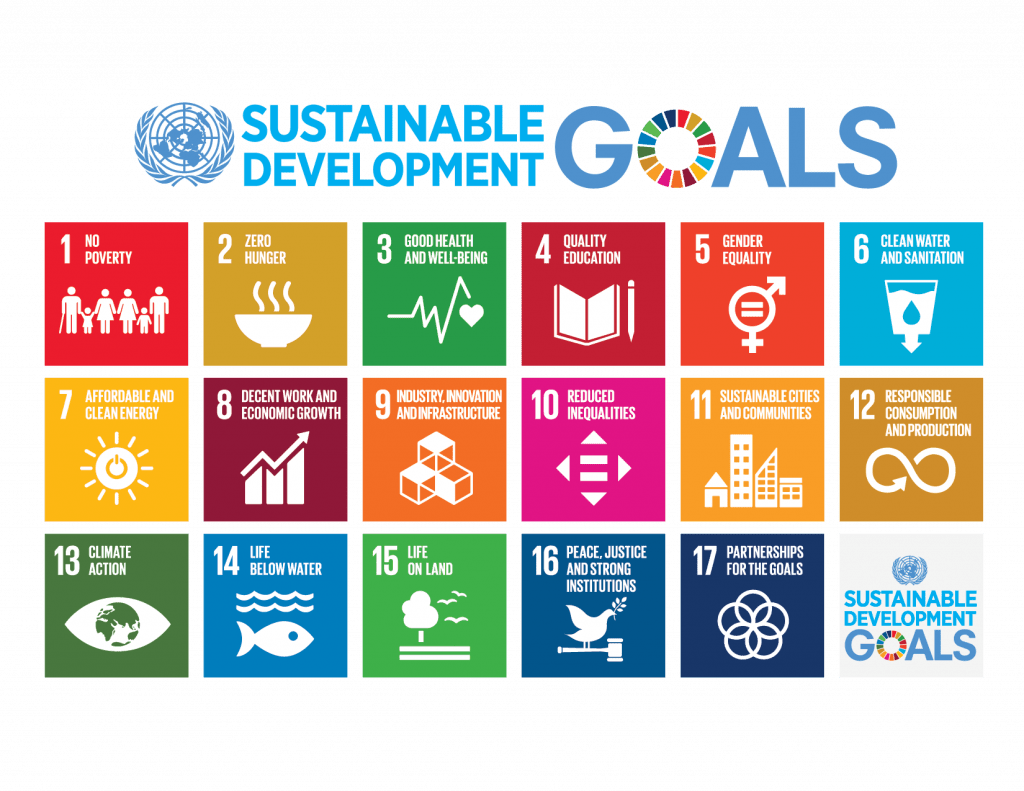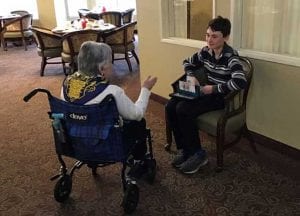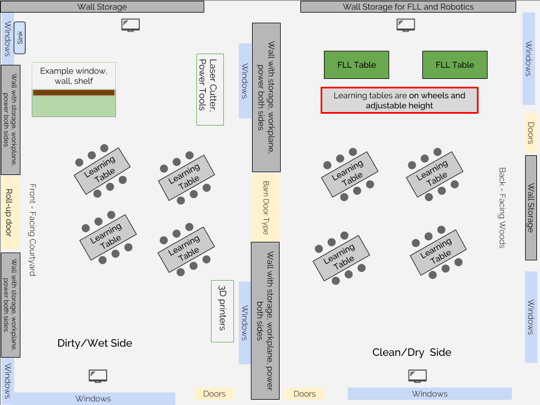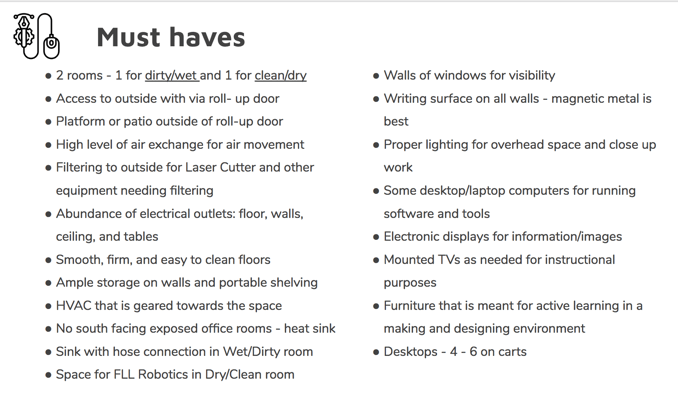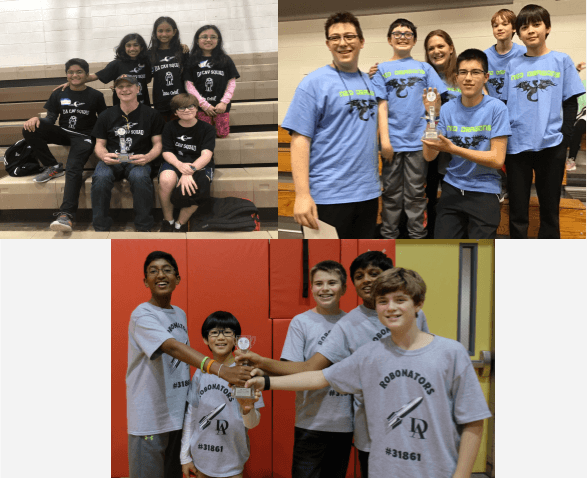
If you had asked me in August how many teams would qualify for state, I would have hoped for at least two. If you had asked me in October, I would have said hopefully at least one but if we are lucky, two. I should not have underestimated the drive and dedication of the teams as they all qualified for state and won awards along the way.
The Robonators qualified first and were awarded the Inspiration Award at the Reedy Creek Regional on 11/17/2018. The team is made up of a mix of rookies and experts. They are Kent Lee (5th Grade) Rookie, Anand Jayashankar (7th Grade) Rookie, Charith Fernando (8th Grade) Expert, John McGowan (7th Grade Expert, and Gil Mebane (7th Grade) Rookie. Coaches are Anthony Fernando and Jay Swaminathan with support from the team’s Young Adult Mentor, Hutch Castelao. Supporters are Ashini Fernando, Karen Rabenau, and Yueh Lee who helped the team in anyway they could.
Next up was DA Cav Squad which qualified at Harnett Central Middle School – Angier on 12/1/2018 and were awarded the Programming Award. The team is made up of a mix of rookies and novices. William Brown (7th Grade) Rookie, Sachin Aggarwal (7th Grade) Rookie, Priya Aggarwal (6th Grade) Rookie, Zaina Taha (6th Grade) Novice, and Shreya Rao (6th Grade) Novice. Coaches are Scott Baker and Taha Afzal. Supporters are Mariam Ali, and Diti Aggarwal who helped the team every week as Scott and Taha had busy travel commitments during the season.
After being snowed out in December, the Neo Dragons had a lot of time to prepare and stress out for their competition at Carver Middle School – Laurel Hill on January 12, 2019. This team worked to overcome the various setbacks through the season to qualify the state championships and take home the Teamwork Award. The team is made up of a mix of rookie, novices, and expert. They are Evan Fields (7th Grade) Expert, Theo Satterfield (7th Grade) Novice, Everett Wilber (7th Grade) Novice, and Marcus Vermeulen (6th Grade) Rookie. Coaches are Leora Fields and Fabrice Fortin with support from the team’s Young Adult Mentor, Asher Fields. Asher won the Young Adult Mentor award for the regional tournament. Supporters are Kim Satterfield and Rob Vermeulen.
For the purposes of creating the teams, I came up with the Rookie, Novice, and Expert labels. So no one is confused a Rookie is a member who did not take the Spring MS Robotics course which serves as the unofficial perquisite for being on an FLL team. Novices are those members who took the Spring MS Robotics course but have never been on an FLL team before. Experts are those members who have participated in FLL for at least the previous season. All members are now Experts. My thanks to the coaches who also could have been put into these categories at the start of the season but now are also experts and probably tired.
I remember when the parents of Gala and Ada Taylor told me about First Lego League (FLL) and how we should form a team. I was doing Lego EV3 Mindstorms Clubs and Summer Camps but did not see how I could pull off something so huge as FLL so I said not yet. Then Greg Brown pushed against my wall of resistance and offered a plan, which I took. Four years later, we have gone from having one team, Robosharks, which qualified for state as well to these three teams. Thanks for the time and effort we have put into the success of our FLL program at the Middle School. I know that the work that Michele Guiterrez does in the Lower School with robotics has helped lay a foundation for our teams. I also know we lay a foundation for the Upper School FRC team who is also experiencing success.
Lastly, the key part of why I love FLL is because of the core values and problem solving that is at the center of the program.
FIRST Core Values
We express the FIRST philosophies of Gracious Professionalism and Coopertition through our Core Values:
Discovery: We explore new skills and ideas.
Innovation: We use creativity and persistence to solve problems.
Impact: We apply what we learn to improve our world.
Inclusion: We respect each other and embrace our differences.
Teamwork: We are stronger when we work together.
Fun: We enjoy and celebrate what we do!
https://www.firstinspires.org/robotics/fll/core-values
